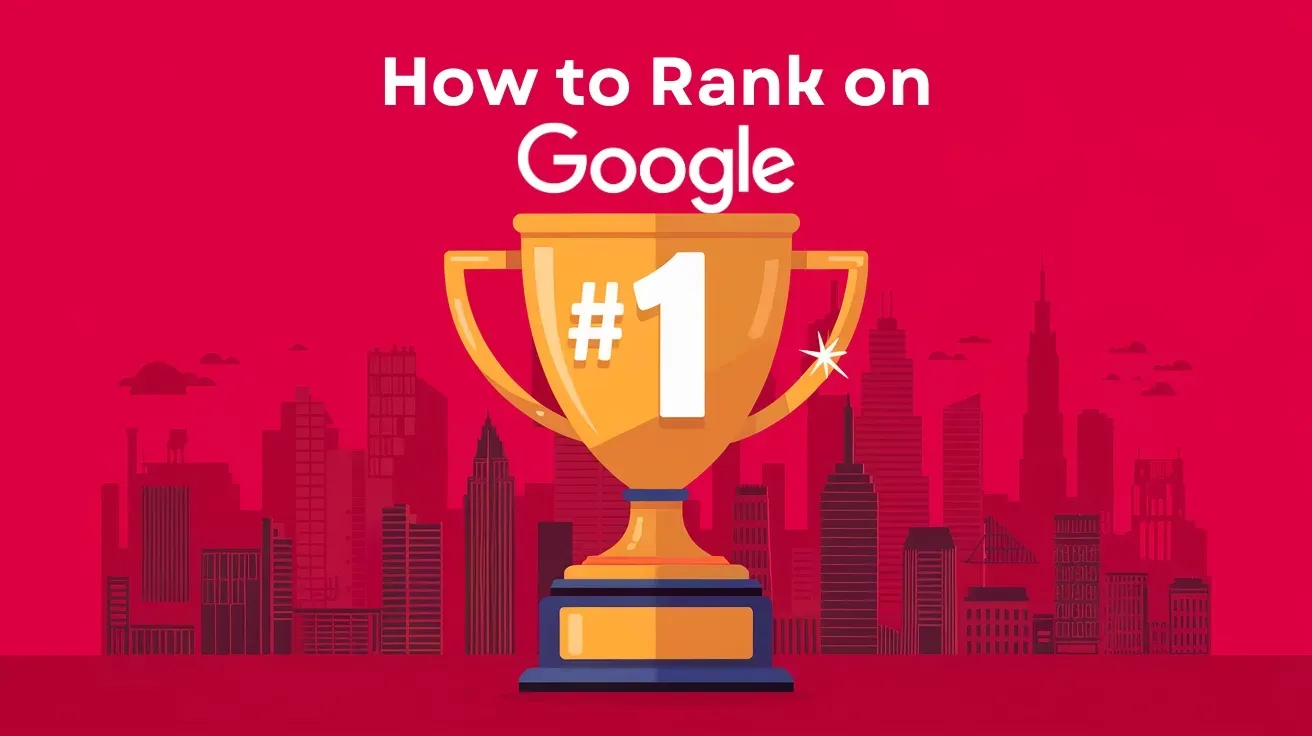Are you a business owner or marketing professional looking to get started with blogging? In this article, I'll give you a quick rundown of everything you need to know about writing optmised blogs for
SEO purpose.
SEO, or search engine optimisation, is all about making your content more visible and accessible to search engines. By optimising your content for SEO, you can attract more attention to your blog and improve your chances of ranking high in search engine results pages (SERPs).
There are a number of different ways to optimise your content for SEO. I'll focus on two of the most important SEO factors: keyword research and blog structure. I'll also provide some tips on how to write compelling blog content that will help you attract more readers.
So what are you waiting for? Let's get started optimizing your blog for SEO!
First and foremost, you need to research your target keywords. Don't just fill your blog with any old words — research your target keywords carefully to make sure they're relevant to your content and your audience.
Once you've identified your target keywords, it's time to start targeting your content toward those keywords. This means including them in your title, in the body of your posts, and anywhere else you can think of. But beware — don't overdo it! Including too many keywords in your content can give your blog a spammy feel and make it less appealing to search engines and readers alike.
Blog Structure
When it comes to blog structure, you want to make sure your posts are well-organized and easy to read. Start by grouping your posts according to subject matter. This will help readers find the information they're looking for more quickly.
1. Title Tag
As the first impression a blog visitor sees, your title tag is extremely important. Use relevant keywords and make sure it's not too long. Try to keep it under 30 characters.
2. Description:
Just as important as the title tag is the description. This is where you provide a brief overview of your blog, highlighting the main topics. Make sure to include keywords and relevant phrases.
3. Images:
Using images in your blog posts can help to boost traffic. Use keyword-rich images that are relevant to your blog post. Make sure to Alt-Tag your images with the keywords you're targeting.
4. Header:
Make sure your blog header is catchy and concise. Use keywords to help people find your blog.
5. Permalinks:
Permalinks are the permanent URL of your blog post. Make sure they include the keywords you're targeting.
6. Tags:
Use tags to help categorize your blog posts. This will help people find your blog faster.
In addition, make sure your posts are short and to the point. There's no need to write verbose, jargon-filled posts when you can simply share what you know in a clear and concise way.
Overall, it's important to make sure that your blog is optimized for SEO. By following these tips, you can improve your blog's visibility and drive more traffic to it. So, go ahead and give it a try!











